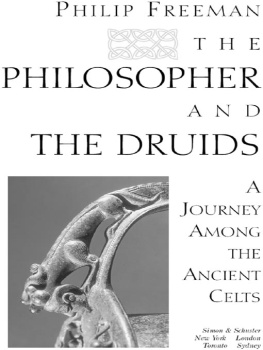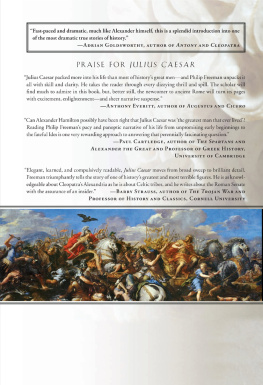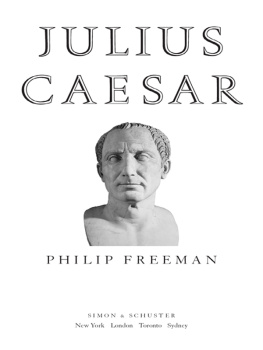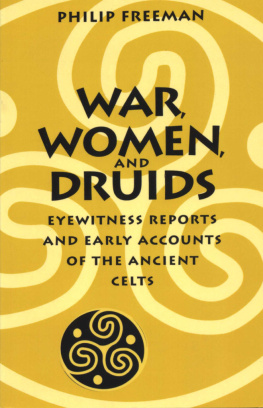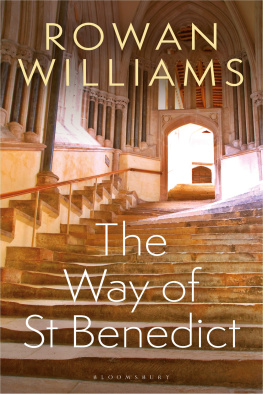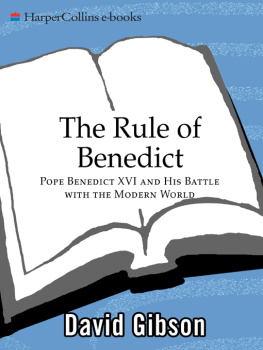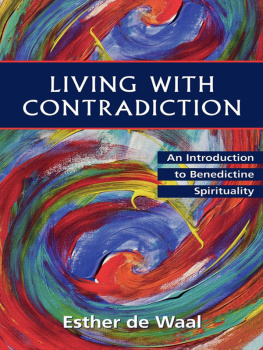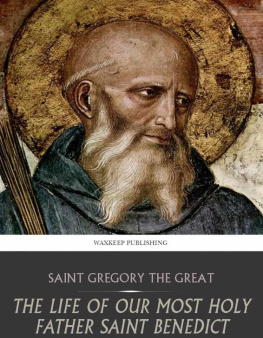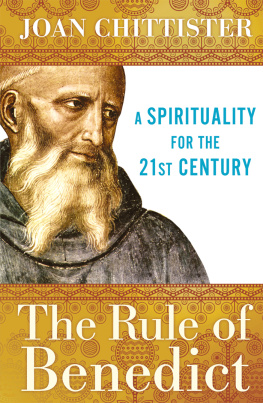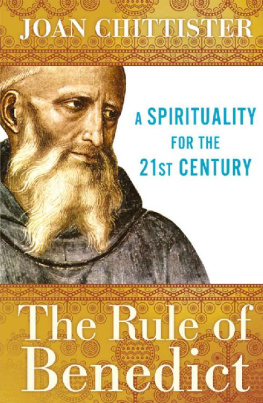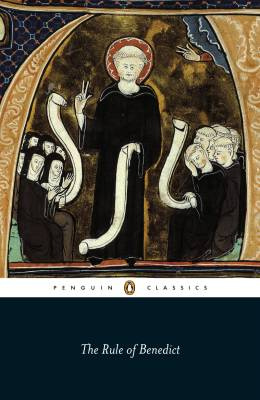Philip Freeman - The Rule of St. Benedict
Here you can read online Philip Freeman - The Rule of St. Benedict full text of the book (entire story) in english for free. Download pdf and epub, get meaning, cover and reviews about this ebook. publisher: St. Martins Publishing Group, genre: Religion. Description of the work, (preface) as well as reviews are available. Best literature library LitArk.com created for fans of good reading and offers a wide selection of genres:
Romance novel
Science fiction
Adventure
Detective
Science
History
Home and family
Prose
Art
Politics
Computer
Non-fiction
Religion
Business
Children
Humor
Choose a favorite category and find really read worthwhile books. Enjoy immersion in the world of imagination, feel the emotions of the characters or learn something new for yourself, make an fascinating discovery.

- Book:The Rule of St. Benedict
- Author:
- Publisher:St. Martins Publishing Group
- Genre:
- Rating:4 / 5
- Favourites:Add to favourites
- Your mark:
- 80
- 1
- 2
- 3
- 4
- 5
The Rule of St. Benedict: summary, description and annotation
We offer to read an annotation, description, summary or preface (depends on what the author of the book "The Rule of St. Benedict" wrote himself). If you haven't found the necessary information about the book — write in the comments, we will try to find it.
The Rule of St. Benedict — read online for free the complete book (whole text) full work
Below is the text of the book, divided by pages. System saving the place of the last page read, allows you to conveniently read the book "The Rule of St. Benedict" online for free, without having to search again every time where you left off. Put a bookmark, and you can go to the page where you finished reading at any time.
Font size:
Interval:
Bookmark:
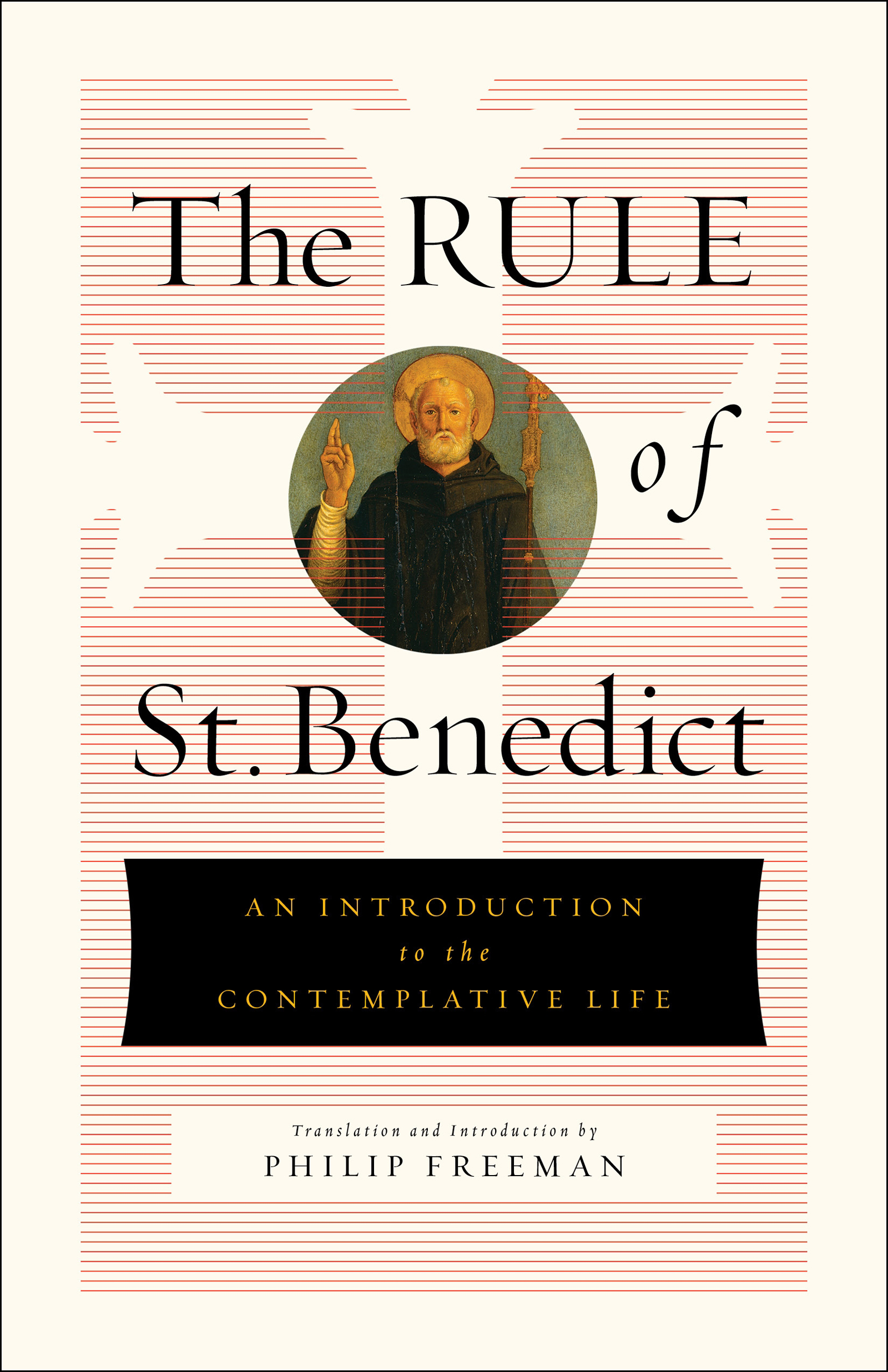

The author and publisher have provided this e-book to you for your personal use only. You may not make this e-book publicly available in any way. Copyright infringement is against the law. If you believe the copy of this e-book you are reading infringes on the authors copyright, please notify the publisher at: us.macmillanusa.com/piracy.
For the welcoming brothers and sisters
in monasteries around the world who continue even today
to follow the path of St. Benedict
Listen.
The first word of The Rule of St. Benedict is the hardest.
We live in a world filled with constant noise and a multitude of competing voices. Hearing someone is hard enough, but listeningreally listeningis a very difficult thing to do.
When I teach the Rule in my university classes, I tell the students that they can learn a lot about how to live a good life from listening to an old monk who died almost fifteen hundred years ago. When some object that he lived in a different age or that they arent religious, I say it doesnt matter, because Benedicts words are timeless, and he speaks to the human heart, whatever ones beliefs might be.
Like us, Benedict lived in an age of tremendous uncertainty about the future. Empires were collapsing around him, social values that had held the world together for centuries were vanishing, and many were losing faith in religion, whether the worship of the old gods or the new faith of Christianity.
Benedicts answer was not power or money, but spiritual renewal.
His Rule is a short, practical guide on how to be a monkbut look deeper and you can discover much more. He asks crucial questions about what really matters in life and how we can discover something more in and beyond ourselves.
Benedicts Rule is above all a handbook for living a deliberate life. It emphasizes the importance of looking outside yourself, of seeking something greater, of living as more than just surviving another day. It teaches the importance of contemplation, silence, and solitude, but is also a book about caring for others, forgiveness, and community, for no one can make it through life alone.
It is, in short, a book for all of us.
Compared to many early Christian authors, we know relatively little about the life of Benedict. No one during his lifetime bothered to mention him, and no contemporary historical documents record his deeds. He seemed destined to be forgotten by the worlda fate which would surely have pleased a man so devoted to giving glory to God alone.
But there was someone in the generation after Benedict who was determined he wouldnt be forgotten. This was Gregory the Great, as he would be known to future ages, who became bishop of Rome and pope in the year 590. Gregory was born into a wealthy Roman family and received an excellent secular education, but chose the monastic life and service to the church instead of fortune or fame. Among his priorities after becoming pope was to promote the stories of Italian saints as equal to those of the celebrated holy men from Egypt and Gaul. Gregory admits that he never knew Benedict, who died when the future pope was still a boy, but he drew on accounts of the monastic founder from several of Benedicts own disciples. A few years into his papacy he composed the Dialogues, an imaginary conversation between himself and a young deacon named Peter. The second chapter of this book is devoted entirely to discussing the life of Benedict.
The story which Gregory presents is entirely within the tradition of earlier Christian hagiographywritings about the lives of holy men and womenshowing Benedict as a man of profound devotion to God who worked astonishing miracles. Hagiography was not biography or scientific history in the modern sense, but was instead meant to provide inspiration and an ideal model of the Christian life to readers. Yet among the miraculous and fanciful stories are some revealing details about the life of this remarkable man.
From Gregory we learn that Benedict was born around the year 480four years after the last Roman emperor was deposed in the Westin the small Italian town of Nursia (modern Norcia) in the hills northeast of Rome. As Gregory stresses, Benedict came from a free-born family with enough wealth to send their son to Rome for a fine education. But the young man abandoned his studies for fear that literature would lead him away from God.
Benedict renounced the world and moved to a church dedicated to St. Peter in the town of Effide (modern Affile) east of Rome, accompanied only by a devoted old nurse. While there he reportedly performed his first miracle, repairing a sieve, used to sift grain, that the nurse had broken.
From Effide, Benedict, seeking to be only with God, fled alone to a nearby cave in a remote place called Subiaco, where there were springs of cool, clear water. He was met on the way by a monk named Romanus who sympathized with the young mans desire for solitude and would regularly lower bread from his own meager rations on a long rope to Benedicts inaccessible cave. There Benedict remained content for three years, devoting himself to prayer andin common with other ascetic holy men of the agebattling against the temptations of the devil.
One story from this time in his life relates how young Benedict was overwhelmed by sexual desire and almost abandoned his calling as a chaste hermit after the devil placed in his mind the image of a beautiful young woman. But by heavens grace he was inspired to strip naked and throw himself onto sharp thorns and stinging nettles, rolling around in them until he extinguished the flames of sinful passion. After this, as he later told his disciples, the temptations of the flesh never troubled him again.
Despite his isolation, Benedicts dedication to God began to attract the notice of neighbors, including a group of monks at a nearby monastery who begged him to become their leader. After refusing repeatedly he at last agreed, but warned the brothers that his austere way of life and strict adherence to a rule of poverty, chastity, and obedience might not suit them. He was right. When Benedict forced them to give up their wayward lifestyle and unvirtuous activities, they decided to murder him. But the poison they put in his wine shattered the cup after Benedict made the sign of the cross over it. He then told them to find some other abbot more suited to their ungodly desires and left them to return to his life of solitude in the forest.
But eventually, according to Gregory, Benedict left his hermitage and founded twelve monasteries, each with twelve monks in imitation of the twelve disciples who followed Jesus. Men of all backgrounds came to him to seek the monastic life, including wealthy noblemen from Rome and even a poor Goth from one of the Germanic tribes that had invaded Italy in the previous century. But Benedicts success provoked jealousy among other Christian leaders, including a priest of a neighboring church who tried, again in vain, to poison him. When this failed, the priest supposedly sent seven beautiful young women to dance naked before Benedicts young disciples and tempt them from the path of virtue, prompting the holy man to move his followers to a new monastery high on a mountain between Rome and Naples.
This was Casinum, todays Monte Cassino, an ancient holy place dedicated to Apollo, where in the summit grove of trees country folk still danced in Benedicts day to honor the old gods. In that place Benedict built a church dedicated to the memory of St. Martin of Tours, along with a shrine to St. John the Baptist. There he received visitors, reportedly including the Gothic King Totila, who tried to test Benedicts power but repented when the holy man chastised him.
Font size:
Interval:
Bookmark:
Similar books «The Rule of St. Benedict»
Look at similar books to The Rule of St. Benedict. We have selected literature similar in name and meaning in the hope of providing readers with more options to find new, interesting, not yet read works.
Discussion, reviews of the book The Rule of St. Benedict and just readers' own opinions. Leave your comments, write what you think about the work, its meaning or the main characters. Specify what exactly you liked and what you didn't like, and why you think so.

